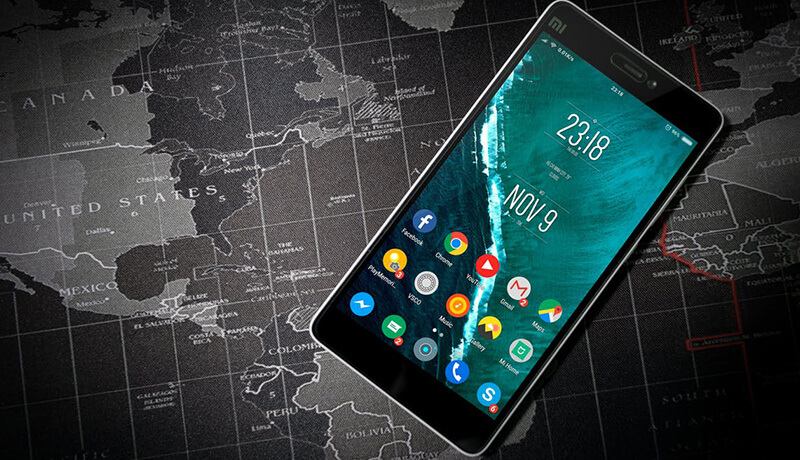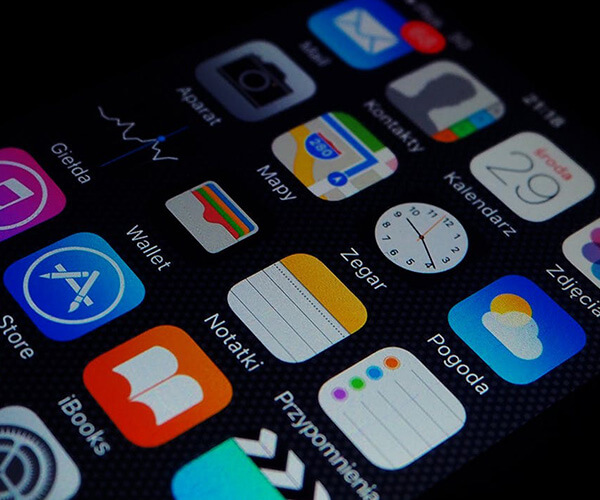

Analyzing the Issue of Misinformation in Science Communication
In an age where information is at our fingertips, the spread of misinformation poses a significant challenge to public understanding of science. The COVID-19 pandemic has underscored this issue, revealing how quickly false information can proliferate and the dire consequences it can have on public health. For instance, myths surrounding vaccines led to increased vaccine hesitancy, resulting in outbreaks of preventable diseases like measles. This article delves into the multifaceted nature of misinformation in science communication, examining its sources, effects, and potential strategies for mitigation.
The Nature of Misinformation
Misinformation can be defined as false or misleading information that is spread without malicious intent, while disinformation refers to false information shared with the intent to deceive. The distinction is crucial; understanding the motivations behind misinformation can help in developing effective countermeasures. During the pandemic, misinformation about COVID-19 vaccines—such as claims that they alter DNA or cause infertility—was rampant. These narratives often gained traction on social media platforms, where sensationalism frequently overshadows scientific accuracy
.
Sources and Mechanisms of Misinformation
The sources of misinformation are diverse and complex. They range from social media users sharing unverified claims to organized campaigns aimed at sowing doubt about scientific consensus. The rapid dissemination of information online has created an "infodemic," where falsehoods spread faster than factual information. This phenomenon is exacerbated by algorithms that prioritize engagement over accuracy, often promoting sensational content that resonates with users' pre-existing beliefs
. Moreover, cognitive biases play a significant role in how misinformation is accepted and propagated. Confirmation bias leads individuals to favor information that aligns with their beliefs while dismissing contradictory evidence. This psychological tendency makes it challenging to correct false narratives once they take hold
.
The Impact of Misinformation on Public Perception
The implications of misinformation are profound, particularly in the realm of public health. Misleading claims regarding vaccines have not only delayed immunization efforts but have also fostered distrust in health authorities and scientific institutions. A study highlighted that misinformation could lead to significant public health risks, as individuals may make decisions based on incorrect information rather than established scientific evidence
. Furthermore, misinformation undermines the credibility of scientific communication as a whole. When the public encounters conflicting messages from scientists and non-experts alike, it creates confusion and skepticism towards legitimate scientific discourse. This erosion of trust can have lasting effects on public engagement with science
.
Strategies for Combating Misinformation
Addressing the issue of misinformation requires a multifaceted approach:
-
Enhancing Science Communication
: Scientists must engage in effective communication strategies that resonate with the public. This includes simplifying complex concepts without diluting their essence and using storytelling techniques to make science relatable
45. By presenting facts in an engaging manner, scientists can capture attention and foster understanding.
-
Promoting Media Literacy
: Educating the public about how to critically evaluate sources of information is essential. Initiatives aimed at improving media literacy can empower individuals to discern credible information from misleading claims. Programs that teach fact-checking skills and encourage skepticism towards sensational headlines are vital in this effort
5.
-
Utilizing Social Media Responsibly
: Scientists and institutions should leverage social media platforms to disseminate accurate information proactively. By creating compelling content that counters misinformation, they can reach wider audiences and establish themselves as trusted voices in the conversation
14.
-
Fostering Community Engagement
: Building relationships between scientists and community members can facilitate open dialogue about scientific issues. Engaging with communities through workshops or discussions can help address concerns directly and dispel myths effectively
12.
-
Pre-bunking Techniques
: Research suggests that pre-bunking—preemptively addressing potential misconceptions before they spread—can be more effective than debunking after the fact. By anticipating common myths and providing accurate information upfront, communicators can reduce the likelihood of misinformation taking root
5.
Conclusion
The challenge posed by misinformation in science communication is significant but not insurmountable. By understanding its sources and impacts, scientists and communicators can develop strategies to combat its spread effectively. As we navigate an increasingly complex information landscape, fostering trust through clear, engaging communication will be essential for ensuring that science remains a reliable resource for society.In conclusion, addressing misinformation is not just about correcting falsehoods; it’s about building a culture of informed discourse where science is valued and understood by all. As we strive for a more scientifically literate society, it is imperative to recognize our roles as communicators and educators in this ongoing battle against misinformation.







